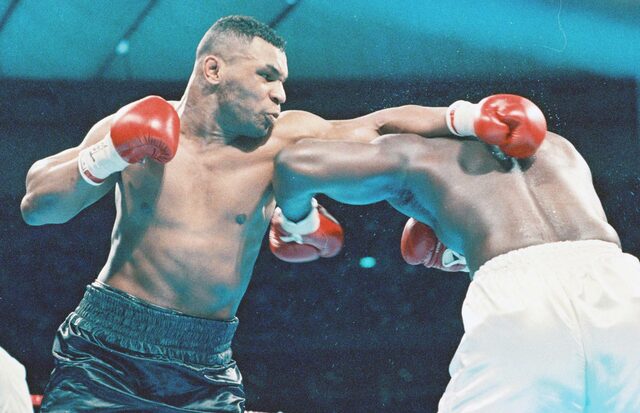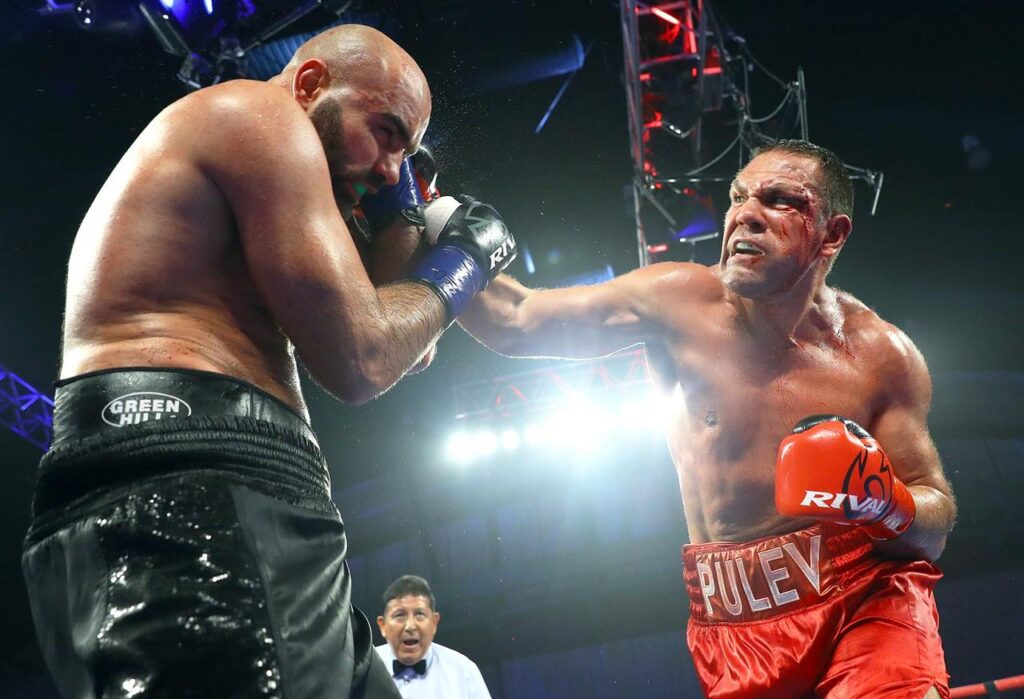
The size of the arena where a Kendo match is held has a direct impact on the performance and safety of the athletes.
An appropriately sized playing field provides a foundation for athletes to fully demonstrate their skills and for fair competition.
This article covers international standards for the ideal size of a kendo competition venue, design elements for safe and effective competition management, and even ideas for making the most of limited space when designing a kendo competition venue. We delve into every aspect of it.
We hope that Kendo dojo operators, competition organizers, and all those passionate about Kendo will find this guide a practical resource for planning and operating their competition
目次
- 1 Introduction: Why the size of the Kendo competition field is important
- 2 What are the international standards for Kendo competition venues?
- 3 Design elements for an ideal kendo competition venue
- 4 Design ideas for Kendo competition halls in small facilities
- 5 Summary: The influence of the size of the competition field on Kendo
Introduction: Why the size of the Kendo competition field is important
The size of the Kendo competition field is a stage for athletes to demonstrate their skills to the fullest.
Appropriate space plays a very important role in enhancing the quality of matches, ensuring the safety of players, and providing a fair playing environment.
Here, we will explain how the size of a kendo competition venue affects the performance and safety of athletes.
Performance impact
In a Kendo match, athletes must read the distance between themselves and their opponent and make instantaneous decisions about whether to attack or defend.
If the playing field is too small, players won’t be able to get enough distance between each other and will have limited space to demonstrate their skills.
On the other hand, if it is too wide, there will be more wasted movement and the tempo of the match may suffer.
Therefore, the size of the playing field needs to be the perfect balance for players to properly deploy their techniques and execute their strategies.
Safety impact
Safety is one of the most important considerations when determining the size of a kendo competition venue.
If players don’t have enough space to move around during a match, the risk of injury increases.
In particular, falls and collisions when approaching the edge of the playing field pose a great danger to athletes.
An appropriately sized playing field provides athletes with the necessary space to compete safely and minimizes the risk of injury.
Impact on fairness
The size of the Kendo match field also affects the fairness of the match. All matches are played on the same standard field, ensuring a level playing field between players.
This allows only technique and mental strength to determine the outcome of a match, eliminating unfairness caused by external factors.
Overall, the size of a kendo competition field is extremely important to ensure that athletes can safely perform to the best of their ability, and for the competition to proceed fairly.
The appropriate size of the competition field reflects the fact that Kendo is a martial art that promotes spiritual growth, not just technique.

What are the international standards for Kendo competition venues?
The International Kendo Federation (FIK) sets the standards for competition grounds used in international kendo competitions.
These standards are important to ensure that Kendo matches held around the world maintain a certain level of quality and fairness.
Below, we will explain FIK’s standards regarding match field size.
Match field standards
The International Kendo Federation states that the Kendo competition field is basically a square.
The length of each side of the playing field is usually set within the range of a minimum of 9 meters and a maximum of 11 meters.
This width has been calculated to provide enough space for players to move around safely and develop their skills, while maintaining the dynamics and tension of the match.
Setting a safe area
Additional space will be provided outside the playing field to ensure player safety.
It is recommended that this safety area be at least 2 meters wide around the perimeter of the playing field.
This area reduces the risk of injury when players step outside the playing field.
Match field markings
The boundaries of the playing field will be clearly marked.
Boundaries are usually marked with white lines to give players and referees a clear idea of the extent of the playing field.
There is also a mark in the center to indicate the starting position of the match, so that players can stand in the correct position at the start of the match.
Application in international competitions
These standards apply at international competitions sanctioned by FIK, such as World Championships and various international competitions.
However, national and regional competitions may refer to these standards but also establish their own rules.
The International Kendo Federation’s standards for match field size are important guidelines for ensuring the fairness and safety of kendo matches.
By adhering to these standards, athletes can compete under fair conditions in matches held anywhere in the world.

Design elements for an ideal kendo competition venue
The ideal design for a kendo competition venue requires careful attention to not only size, but also lighting, flooring, and other elements.
All of these factors have a direct impact on player performance and safety, as well as the spectator experience.
Below, we’ll go into more detail about the size of your playing field, as well as other considerations regarding lighting and flooring.
Importance of lighting
- Uniform lighting : It is important that the entire playing field is evenly lit. Uneven lighting can impede players’ visibility and create unfair conditions.
- Adequate lighting : The playing field should be well-lit, but too much brightness can cause glare to players and spectators, impairing visibility. On the other hand, if it’s too dark, you won’t be able to see the players’ movements accurately.
Flooring selection
- Non-Slip Materials : Flooring that players can easily slip on increases the risk of injury. Therefore, it is important to choose a material that is non-slip and allows players to move safely.
- Shock absorption : Flooring should have a certain shock absorption. This cushions the impact of a fall and reduces the risk of injury.
Other design elements
- Ventilation system : A good ventilation system is required to efficiently dissipate the heat of the match and the smell of sweat. This is important to maintain player and spectator comfort.
- Seating placement : Seating placement should also be considered so that spectators can sit in a position with a good view of the game. It is also important to maintain appropriate distance so that spectators do not influence the players.
The ideal Kendo competition venue design is more than just providing a place for athletes to compete.
The aim should be to create an environment where athletes can perform at their best and enjoy the competition safely, while at the same time providing a space where spectators can also enjoy themselves.
By appropriately combining the above-mentioned elements, a kendo competition venue can achieve its ideals.

Design ideas for Kendo competition halls in small facilities
Even with limited space, it is possible to design an effective kendo competition venue by using creativity.
Here, we will introduce design ideas for Kendo competition halls that can be realized even in small-scale facilities.
Utilization of multifunctional space
- Movable walls and partitions : Install movable walls and partitions so that when not in use, the area can be used as a practice area or space for other activities. This allows for flexible use of space.
- Stowable equipment : Mats and match equipment should be stowed away when not in use. By designing storage spaces efficiently, you can make the most of the size of your playing field.
Ideas for lighting and flooring
- Use LED lighting : If space is limited, choose LED lighting for your lighting fixtures because it takes up less space and the brightness can be easily adjusted. You can adjust the lighting intensity as needed to create the perfect environment for your match.
- Modular Flooring : Modular flooring allows you to quickly change floor configurations for games and practices. This makes it possible to meet a variety of needs even in facilities with limited space.
Improvements to the spectator area
- Foldable bleachers : When space is at a premium, foldable bleachers take up less space outside of the game and can be quickly installed when needed.
- Setting up a standing area : If you don’t have space for seating, we can set up a safe standing area to give you the option to enjoy the game.
Ventilation and safety measures
- Efficient ventilation system : Install an efficient ventilation system to ensure high quality air flow even in limited spaces. This protects the health of players and spectators.
- Appropriate safety measures : Even if space is limited, we will take measures to ensure player safety and provide sufficient safety areas around the playing field.
When designing a kendo competition venue in a small facility, it is important to maximize the use of limited space while providing a safe and comfortable environment for athletes, instructors, and spectators.
By incorporating ideas such as those mentioned above, you can overcome space constraints and create a functional and attractive playing field.

Summary: The influence of the size of the competition field on Kendo
The size of a kendo competition field has a huge impact on athlete performance, safety, and the viewing experience.
This article will help you understand how the ideal size of a competition field affects a Kendo match, and provide a refresher on what Kendo dojos and competition organizers should consider when designing a competition venue.
Effect of match field size on players
The size of the playing field is directly related to whether the players can fully demonstrate their skills.
Adequate width provides enough space for players to move freely and develop offense and defense.
On the other hand, if the field is too narrow, players will be limited in their technique, and if it is too wide, there will be more unnecessary movement, which can reduce the tension of the match.
Safety impact
Safety is one of the most important factors in determining the size of the playing field.
Adequate space will help players reduce the risk of falls during a match and avoid collisions at the edges of the playing field.
A safety area must be set up around the playing field to prevent players from getting injured.
Impact on viewing experience
The size of the match field is also important for spectators to enjoy the match.
The appropriate space allows players to fully display their skills, and provides an environment where spectators can watch powerful matches.
When designing a match venue, it is important to ensure that spectators have a comfortable viewing angle for the match.
Points to consider for Kendo dojos and match organizers
- Understanding and applying international standards : We understand the standards of the International Kendo Federation (FIK) and aim to design competition venues that comply with these standards as much as possible.
- Consideration of lighting, flooring, and safety areas : In addition to the size of the match field, we also pay attention to the design of lighting, flooring, and safety areas to ensure the safety and comfort of players and spectators.
- Pursuit of multi-functionality and flexibility : When designing a stadium with limited space, it is necessary to find ways to utilize the space for multiple purposes, such as movable walls and foldable seats.
The size of the competition field directly affects the competitiveness, fairness, safety, and quality of the viewing experience in Kendo matches.
Kendo dojos and match organizers should comprehensively consider these factors and aim to design a competition venue that is optimal for all parties involved.




